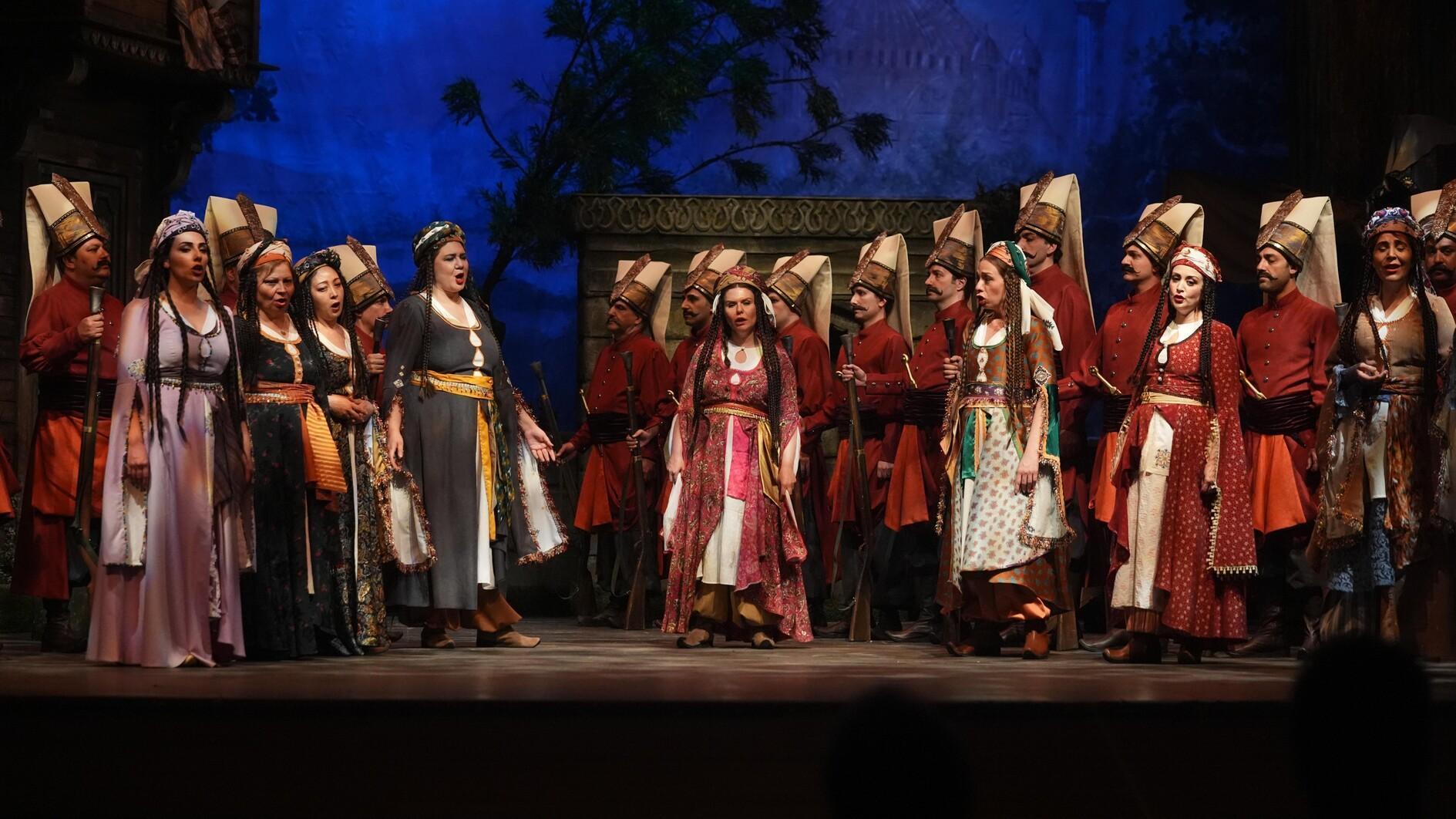Huge collection in historical house
Hurriyet Daily News with wires
Housewife Füsun İşsever brings art lovers and archeology together in a historical Gaziantep house. İşsever, who has been collecting artifacts for many years with her husband, displays them at her Medusa Archaeological Glassworks Museum, a culture and art house.Gaziantep’s well-known family, Füsun and her husband Kamer İşsever have been interested in glasswork since their first days of marriage. They used to share their collection just with guests in the past, but as new pieces were added, they decided to establish a museum to exhibit them.
The couple bought three historical houses, located near Gaziantep Castle in the southeastern city of Gaziantep, and turned them into a museum after a five-month restoration process. Two of the houses serve as a culture and art house, and the third is a museum. Now they exhibit 4,000 archaeological artifacts, 3,000 of which are glassworks.
Second largest collection
Most of the pieces in the museum are from the Roman and Islamic period. "Opening a museum has been a dream of mine for a long time," said Füsun İşsever, who is also a mother of two children. She said the collection included not only glassware and archaeological work but also porcelains and handmade clothes.
She said the museum had the largest collection after the Koç Foundation collection. "We have nearly 4,000 works. This is the second-largest collection in Turkey. Our glassworks have been completely removed from tombs," she said.
Stating that she wanted to share her collection with a larger amount of people in a wider area, İşsever said: "There is a jewelry shop in a section of the museum. A jewelry expert from Istanbul’s Grand Bazaar and a filigree expert from Mardin’s Midyat district are working for the shop. Their work draws great interest from visitors. The museum also has a cafeteria and five different sections where historical artifacts are on display."
Işsever said she and her husband tried to prevent the smuggling of Turkey’s historical artifacts. "Gaziantep Mayor Asım Güzelbey supports us. We expect the same sensitivity from other institutions for the preservation of our culture," she said.
İşsever continues to add new artifacts to her Medusa Culture and Art House. The last pieces added were three works from the Roman and Hittite periods. İşsever said one of the pieces was a four-wheeled toy war car that belonged to the children of a Hittite king. "It has a history of 3,500 years and proves that children played with toys even in the Hittite period. Its strong four wheels make it scientifically important," she said.
İşsever said another of her new pieces was a Roman emperor’s ceremony bowl from 200 B.C. "It was used in victory celebrations and is the only one in the world. Another significant work is a relief marble tablet on which the Roman king is being depicted with his family. It is from 50 B.C. and there is a carved epigraph written in the Greek alphabet on it," said İşsever. The museum is open from 9 a.m. to 2 p.m.
















